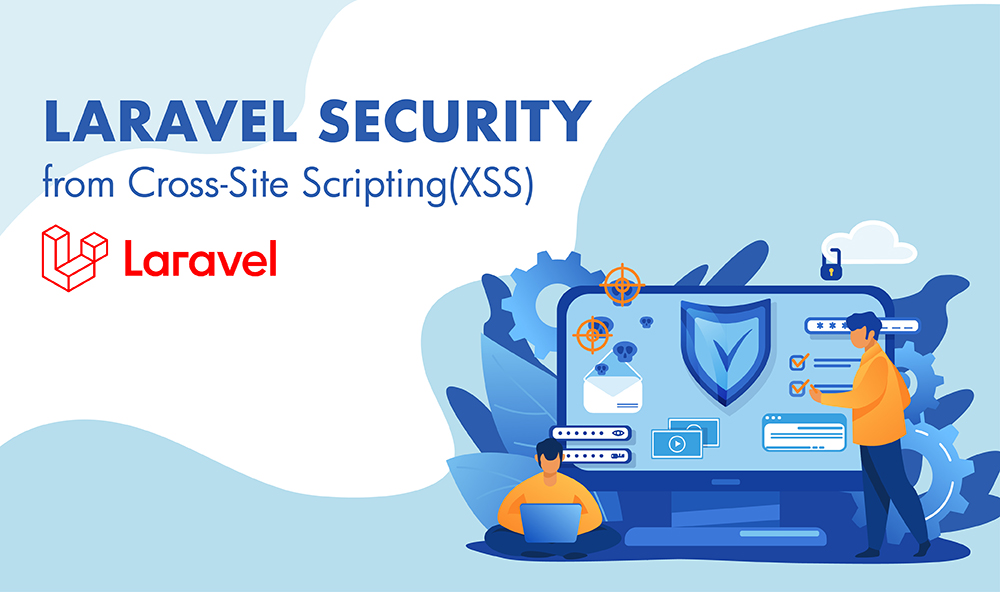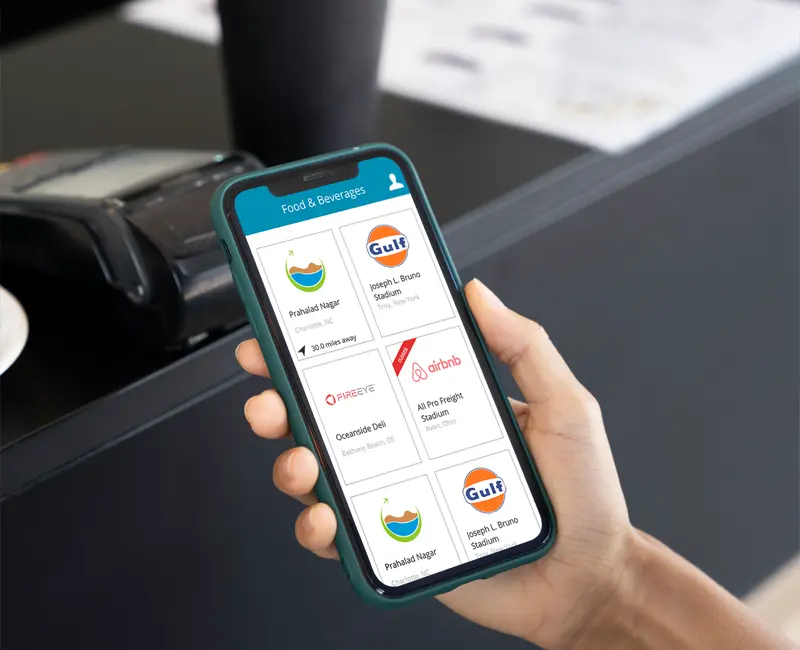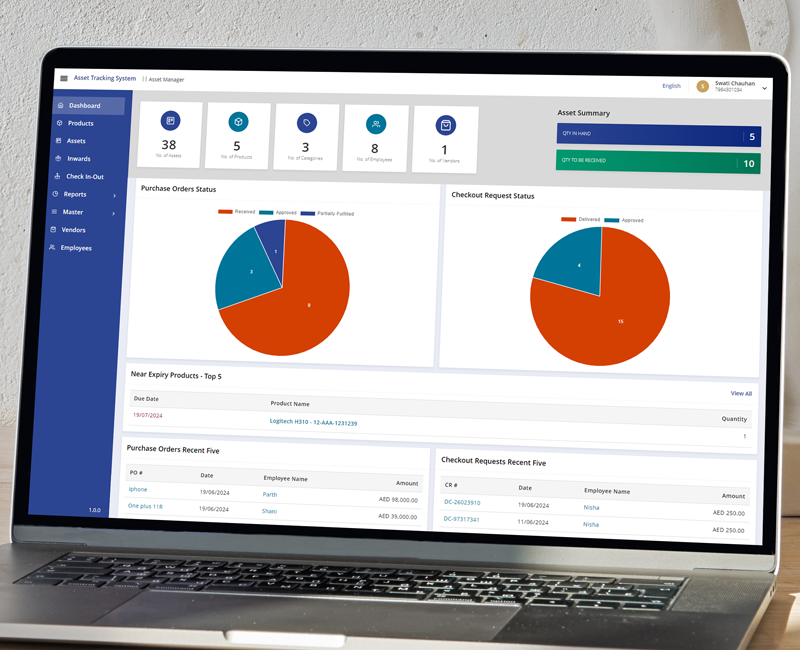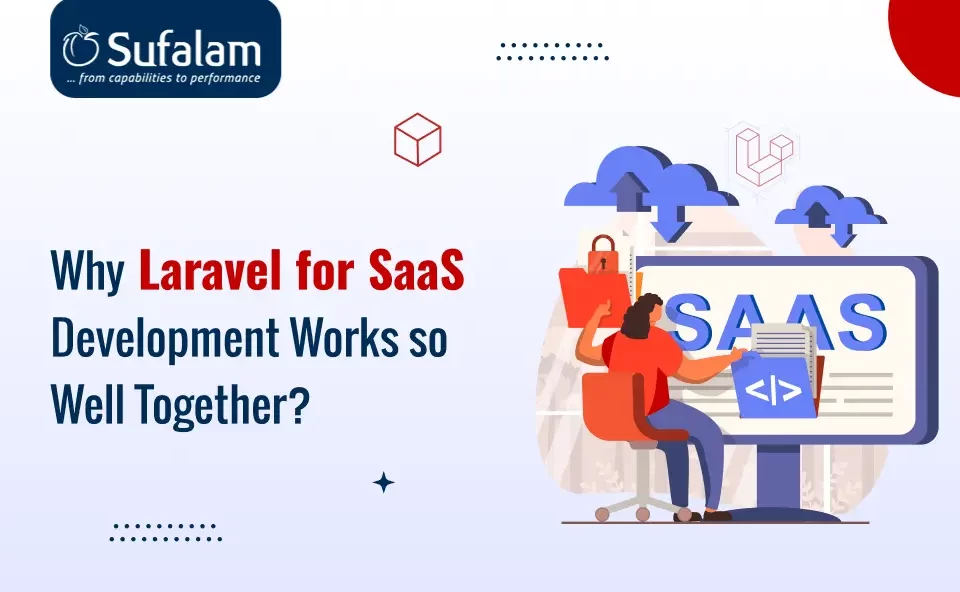Table of contents
- Get protection from SQL injection through PDO parameters.
- Laravel’s robust authentication system
- Laravel Security from Cross-Site Scripting(XSS)
- Cross-Site Request Forgery(CSRF)
- Cookies & data management
- Password Hashing
- Use best-in-class Laravel Coding standards.
- Keep your plugins, libraries, and frameworks updated.
- Make use of Laravel security headers.
- End-to-end Laravel encryption
- Summary
- Frequently Asked Questions

Laravel is a well-known development framework noted for its efficiency and existing user base. Although Laravel is relatively safe, no framework can be said to be 100% secure.
At least for hackers, accessing an unsecured platform is no longer a huge concern.
In order to reduce all security problems, make sure you adhere to the Laravel security best practices. Security is unquestionably one of the primary considerations while designing a project, and as a result, it may demand fundamental experience with the technology stack as well as Laravel security features.
You would benefit greatly in this regard if you concentrated on the characteristics that are in line with your security requirements.
The most significant Laravel security flaws and some Laravel security best practices have been discussed in this article.
ALSO READ: Latest Laravel Practice: Experts Guidance!
Get protection from SQL injection through PDO parameters.
Hackers typically use SQL injection attacks to obtain the information systems and then put malicious SQL statements into input fields or other injection locations to get unauthorized entry into the database.
Hackers typically utilize these injections to gather crucial consumer data, including contact information, essential login credentials, or even debit/credit card details. The worst aspect is that they might even be able to manipulate the computer system and database server through these attacks in order to gain access to your vital company data.
The PDO parameter binding feature of the Laravel query builder defends a PHP project against SQL injection threats. The developer is relieved of the responsibility of securing the bindings that are passed once this parameter has been bound.
Laravel is a beneficial framework that enables developers to carry out tasks using straightforward methods like executing simple SQL queries. However, limiting the use of this feature will result in a better projection.
Laravel’s robust authentication system
Laravel hacking is a frequent issue that can also lead to XSS and other supporting file problems. Most website hacking victims discover that their web pages are being redirected to other malicious websites.
With the boilerplate code for the corresponding procedure already included in the scaffolding, Laravel already has a robust user authentication mechanism in place.
Providers and guards are used by Laravel to make the authentication process more accessible. Users are authenticated by guards for each request they make, and users are easily retrieved from the database by providers.
The only thing a developer needs to do is set up the database, controllers, and models. The software has authentication mechanisms that are implemented during the process.

Laravel Security from Cross-Site Scripting(XSS)
The pre-installed Laravel Security Packages aid in preventing XSS attacks on the system.
The assaults use JavaScript codes to enter the text area when this occurs. For instance, the attackers employ the script below with bad intentions:
Even though the provided code isn’t totally harmful, the server would be exposed because there aren’t adequate XSS Laravel security features.
As a result, every time a new visitor loads the impacted page, JavaScript would load again, which would interfere with system security.
In this regard, the native Laravel Security support comes with built-in tools that launch and secure the database. The structure then produces any code that has escape tags as standard HTML.
ALSO READ: List Of 10 Most Popular Laravel Packages – Let’s Check It Out!
Cross-Site Request Forgery(CSRF)
Cross-Site Request Forgery, also known as CSRF, is a time-tested hacker tactic whereby hackers persuade a user to take actions that they apparently do not want to. By doing this, the hacker partially gets around the same-origin regulation, which forbids interference between two websites.
Laravel maintains a record of all existing user sessions and automatically produces a CSRF token for each one. Laravel employs the Form Classes Token Method, which is turned on by default. The token and a built-in CSRF filter are visible in the source code.
The simplest explanation of CSRF protection is that it ensures that each request genuinely originates from your Laravel web application development and not from a prospective XSS attack by a third party. The CSRF filter delivers the HTTP error code and prevents permission if it notices a potentially dangerous request.
Cookies & data management
Implementing data sessions and cookies is a fantastic technique to guarantee that end-user data is maintained as confidential and safe as possible. When coping with this inside of Laravel, there are several things to bear in mind.
Activate HttpOnly as a component of the Laravel session for your app; you can accomplish this in the config/session.php file. It will provide an added level of security and prevent Javascript from supporting session cookies. Set a low session inactive timeout value to cause the user’s automated logout upon inactivity.
The config.session.php file also contains the settings for the cookie domain. If you’re not using subdomains, you must set it to Null.
Configuring the cookie domain feature enforces the cookie to have the exact origin. Therefore only the core site can set the cookie. Additionally, limiting cookies to first-party or same-site is a good idea by setting the SameSite cookies attribute to stringent or lax.
HTTPS is the single most crucial configuration setting in the config/session.php file. Activating it ensures that only HTTPS secure URLs are permitted and defends against MITM (man in the middle) attacks.
Password Hashing
Hashing is a component or algorithm that converts the information in an item into an integer value. The hash function is also used to narrow lookups while attempting to pinpoint these components on the data map.
The hashing process will reduce a string of characters to a tiny constant value or provide a key that can be utilized to define the original Text. The hash function in Laravel offers a safe way to save passcodes in a hashed format, which is a more compressed form of the password storage approach.
The user’s passcode can be stored using either Argon2 hashing or Bcrypt, both of which are provided by Laravel’s hash algorithm.
If the user is currently working on Laravel-built-in web application development, Bcrypt will be the default method for registering and authenticating them.
Use best-in-class Laravel Coding standards.
Laravel also adheres to internal code Laravel development standards, ensuring that your factors are composer-compatible.
Laravel places no constraints on imposing coding standards. However, experts recommend that you follow your project’s PSR-2 and PSR-4 code base.
SR-2 has a solitary PHP code style guide, which results in the constant formatting of prevalent code. PSR-4 defines the requirements for fully automated class loading from file trails.
It is completely compliant, can be used with any other auto-download configuration, and specifies where the auto-download files should be placed according to the structure. You can also enhance Laravel’s coding standards by using tools like GrumPHP.
Keep your plugins, libraries, and frameworks updated.
It is strongly advised to update the security practices of Laravel plugins and modules on a regular basis. This version includes the most recent security fixes and algorithmic improvements.
Extremely outdated and obsolete library Laravel security features are eliminated during updates, and new ones with enhanced quality and additional features are made available to you.
Similarly, the sophistication of cyber-attacks is increasing with each passing day. If you continue to use outdated versions and components, your website will become a prime target for cyber-attacks. As a result, you may face serious consequences; strikes can grab valuable information or hack your servers, resulting in massive losses.
As a result, it is critical to be equipped with the most up-to-date security tools available.
Make use of Laravel security headers.
A Laravel development company must use security headers to make sure the Laravel website’s maximum Laravel security features. The headers make a website or Laravel web application development more secure, and they are also simple to use. The security headers are as follows:
- Options for X-Frames – This header helps protect your website from click-jacking threats and prevents material from being embedded on other websites.
- X-XSS-Protection – Protects against XSS attacks.
- HSTS – It only tends to work with HTTPS to ascertain whether or not a site is interoperable with an HTTPS suggestion.
- Content Laravel Security Regulation – These header guards against malicious content in the HTML structure. CSP helps restrict content stacking rules and allows only users from traditionally used domain names.
- Option X-Content-Type – This header is required to prevent the possibility of intercepting the MIME category.
End-to-end Laravel encryption
Laravel includes built-in encryption for storing and managing data within the database, such as credit card numbers and passwords. Furthermore, the structure allows you to encrypt only specific fields of your prototype, trying to prevent those bits of information from being lost in your database.
It enables you to keep your users’ data safe while making modifications at any time.
Developers can create filtration on your information using Laravel’s built-in validator regulations.
It is a Laravel security best practice for removing unwanted characters, illegitimate dates, and IP addresses from your data, preventing hackers from possibly exploiting it in a network attack.
ALSO READ: 10 Different Types Of Web Applications You Can Create With Laravel!
Summary
Finally, there are multiple Laravel security best practices you should adhere to in order to help secure your Laravel application development.
The most crucial thing is to always keep your Laravel and other software updated, to be cautious about verification safety, to always filter user information, and to attempt to put together a strategy for regular reviews of your Laravel security posture.
Following these instructions will aid in the safety and protection of your users’ information. Get in touch with Sufalam Technologies for best-in-class Laravel development company if you need assistance with continuous improvement for your Laravel web application development and to avail of best-in-class digital solutions.
It is clear that website owners can handle some aspects of website maintenance. Still, other elements can only be completed by a company with experience in Laravel website development.
Frequently Asked Questions
What kind of security features are in Laravel?
The security features of laravel are Laravel Authentication System, Decrease Laravel Vulnerabilities through Cross-Site Request Forgery, added security against XSS, SQL Injection, and much more.
How secure is Laravel?
Laravel is one of the safest frameworks out now, offering its customers many amazing features and best practices. So, if you’re utilizing this framework to create your application, you can trust that the Laravel security package will produce the outcomes you need.













